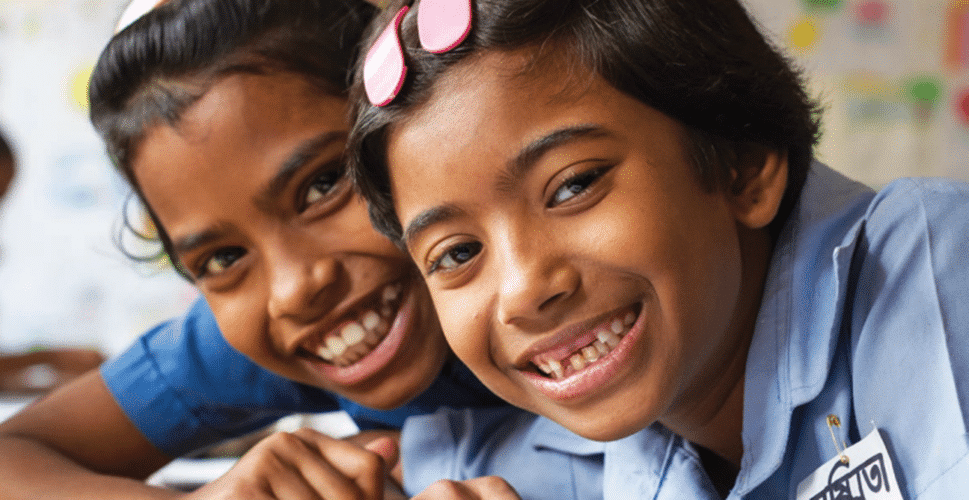International Day of the Girl Child: History, Theme, and Significance

The International Day of the Girl Child, also known as the International Day of Girls or simply Day of the Girl, is a global observance that takes place annually on 11 October. It was established by the United Nations General Assembly in 2011 with the aim of promoting gender equality and empowering girls worldwide.
The International Day of the Girl Child aims to raise awareness about the unique challenges faced by girls around the world, including issues such as discrimination, violence, lack of access to education, child marriage, and gender-based stereotypes. It also seeks to promote the rights and empowerment of girls, highlight their achievements, and advocate for gender equality in all aspects of life.
The theme for the International Day of the Girl Child varies each year and focuses on different issues affecting girls. Some of the common themes in the past have included ending child marriage, promoting girls’ education, empowering girls through technology, promoting girls’ rights in humanitarian settings, and addressing gender-based violence against girls.
The International Day of the Girl Child is celebrated globally with various activities, events, and campaigns organized by governments, NGOs, schools, communities, and individuals. These activities may include awareness-raising campaigns, workshops, seminars, panel discussions, art and cultural events, and social media campaigns, among others. The day serves as an opportunity to highlight the importance of investing in girls’ education, health, and well-being, and promoting their equal opportunities and rights.
The International Day of the Girl Child plays a crucial role in promoting gender equality and empowering girls worldwide. It aims to create a more equitable and inclusive world where girls have equal access to opportunities, education, healthcare, and protection from discrimination and violence. By raising awareness about the challenges faced by girls and advocating for their rights, the International Day of the Girl Child contributes to the global efforts towards achieving gender equality and promoting the well-being and empowerment of girls.
History of International Day of the Girl Child
The history of the International Day of the Girl Child can be traced back to the global movement for gender equality and the empowerment of girls and women. It emerged from the recognition that girls face unique challenges, discrimination, and violence simply because of their gender, and that concerted efforts are needed to address these issues and promote their rights.
The International Day of the Girl Child was established by the United Nations General Assembly on December 19, 2011, with the adoption of Resolution 66/170. The day was designated to be observed annually on October 11th, starting from 2012, as a global day of recognition and action to promote the rights and well-being of girls worldwide.
Significance of International Day of the Girl Child
The significance of the International Day of the Girl Child lies in its focus on promoting gender equality and empowering girls around the world. It serves as a platform to raise awareness about the specific challenges faced by girls, such as child marriage, gender-based violence, discrimination, and lack of access to education and healthcare. The day aims to promote the human rights of girls and advocate for their equal opportunities and rights in all aspects of life, including education, health, safety, and participation in decision-making processes.
The International Day of the Girl Child highlights the importance of investing in girls’ education, health, and well-being. It emphasizes the role of girls as critical agents of change in their communities and advocates for their empowerment through education, skills development, and opportunities for leadership and participation. The day also draws attention to the need to eliminate harmful practices that affect girls, such as child marriage and female genital mutilation, and promotes gender equality in all spheres of life.
The International Day of the Girl Child provides an opportunity for governments, organizations, communities, and individuals to take action and promote positive change for girls. It encourages advocacy, policy dialogue, and awareness-raising campaigns to address the challenges faced by girls and promote their empowerment. It also promotes partnerships and collaborations between different stakeholders, including governments, civil society organizations, UN agencies, and communities, to work together towards achieving gender equality and advancing the rights and well-being of girls worldwide.
Overall, the International Day of the Girl Child serves as a global call to action to promote gender equality, empower girls, and ensure that their rights are respected, protected, and fulfilled. It highlights the importance of recognizing and addressing the unique challenges faced by girls and promoting their equal opportunities and rights in all aspects of life, contributing to the global efforts towards achieving gender equality and creating a more equitable and inclusive world for all.
Observer Voice is the one stop site for National, International news, Sports, Editor’s Choice, Art/culture contents, Quotes and much more. We also cover historical contents. Historical contents includes World History, Indian History, and what happened today. The website also covers Entertainment across the India and World.

